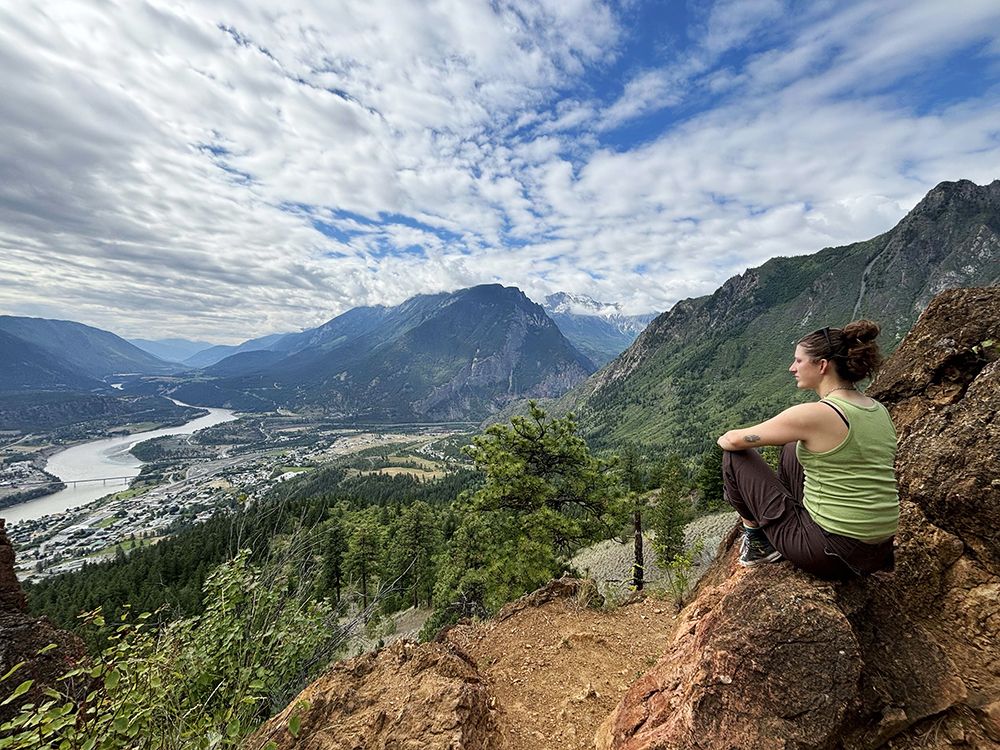Article content Take the Sea to Sky highway north through Squamish, Whistler and Pemberton, then navigate twists and turns worthy of a cliff hanger movie, and you’ll arrive in Lillooet. A town at the end of the road, where coastal mountains surrender to the parched interior ranges, with a valley cut by the Fraser River. We were in Lillooet for a mom and daughter wine tasting road trip, having packed up our home on four wheels, for a glamping weekend.
We enjoyed the amenities of a comfortable bed, kitchen and bathroom but stopped short of utilizing the TV and air conditioning. Outdoorsy girls have limits. Lillooet was once the largest population north of San Francisco after experiencing a gold rush in 1856, where the town surged to 16,000.

Not bad for a small town currently boasting 2,300 people. Another gold rush in 1884 came when Chinese workers, having completed the CPR rail project, discovered that Cayoosh Creek had been overlooked. It’s all documented in “While heading to the Klondike from Wisconsin in 1896, my grandpa got a good sized nugget and staked his claim – $10 for 160 acres” said Karen.
Stories of gold nugget discoveries breed hope, so my daughter and I tried panning for gold where the Seton River meets the Fraser while staying at Cayoosh Creek Campground, one of three recreational panning reserves in Lillooet. Co-founded by Rolf de Bruin and Heleen Pannekoek, with a vision that took shape in France, it was in the Lillooet valley amidst mountains, farms and creeks, that the dream was realized in 2009. The last several years have been a challenge for B.
C. wine producers with wildfire smoke and cold weather threatening the viability of vines. But Lillooet, being less susceptible to smoke with coastal Squamish winds, and having the hottest temperatures in Canada, has an advantage over the Okanagan.
Traditionally Cliff and Gorge has offered six wines in their tasting, but this year challenged by weather, they are offering three. German inspired, Land Wine style, they have created a white, rose and red from grape blends. Pure, not oaked, and a product of the land, philosophy and practices, “I like to think it tastes alive,” Eckhard boasts.
.



















